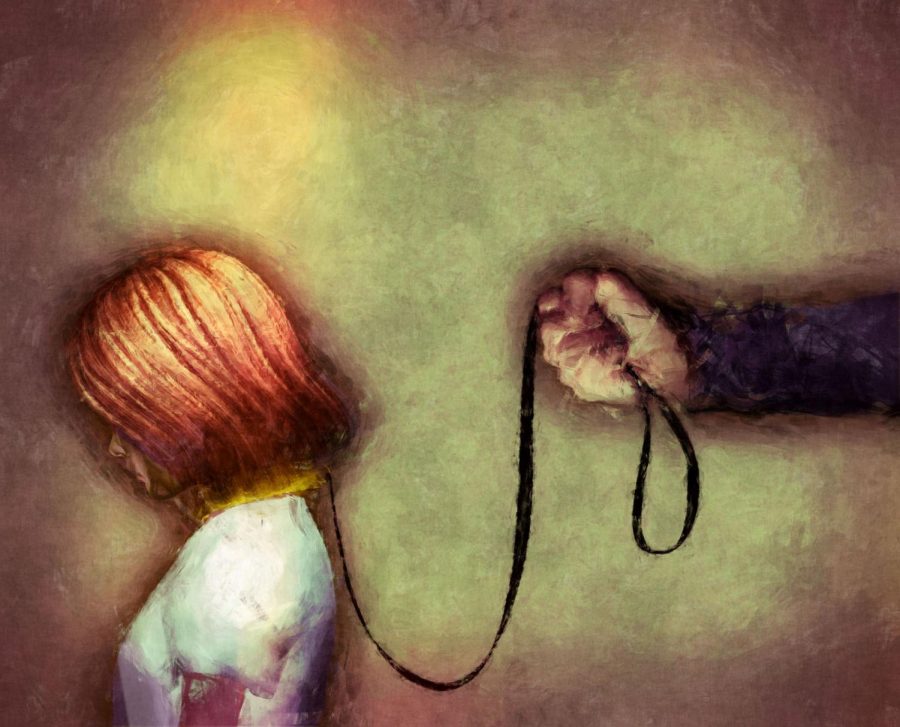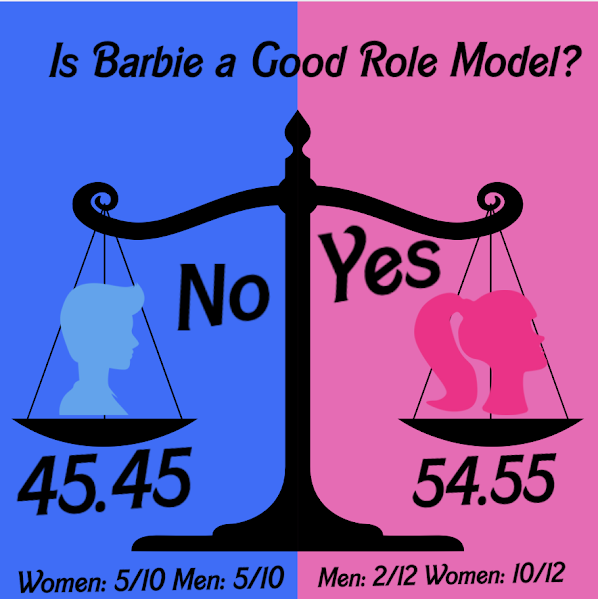Human Trafficking Numbers Scream for Attention
Human and sex trafficking cases have become more prominent in the United States in the last few years. People in general and students in particular need to become aware of the facts so they can protect themselves and others.
Social media platforms have provoked fears with unverified reports of traffickers trying to abduct teen girls and women by putting zip ties on the girls’ cars to distract them, and then grabbing the girls while they are occupied with removing the ties.
While such Internet rumors have been debunked, the mere fact that these tales continue to spread across the country shows the extent to which human trafficking has become a health crisis about which the public needs to be educated.
According to the New Jersey Education Association’s website, “New Jersey is considered particularly vulnerable to the proliferation of human trafficking due to its dense population and location along the I-95 corridor.”
The United States Department of Health & Human Services (HHS) estimates that between 240,000 and 325,000 children are at risk for sexual exploitation each year.
The National Center for Missing and Exploited Children paints an even darker picture, reporting nearly half a million missing children files in 2018.
Although some people are more at risk, anyone can be a victim of human trafficking. Individuals of any age, race, gender or nationality may be subjected to this horrific crime.
Vulnerable populations often include runaways,victims of abuse, the homeless, LGBTQ, youth with low self-esteem, undocumented immigrants and young people who dropped out of school or feel disconnected from the education system.
Youth who voluntarily share nude digital images or videos of themselves put themselves in danger. Traffickers who obtain these media files blackmail victims by threatening to show the pictures or videos to the victim’s family and friends if he or she does not cooperate.
Red flags of someone being trafficked could include sporadic attendance at school; poor physical health and malnutrition; physical or sexual abuse; an older or controlling “boyfriend” or “girlfriend;” new tattoos or branding meant to show he or she is “owned” (trafficker’s street name, a number, barcode, or dollar sign); drug addiction; paranoid behavior; sudden changes in appearance, behavior or relationships; acquisition of expensive material possessions; and possession of a cellphone that was not provided by the young person’s family, according to the HHS website.
While these behaviors may indicate other underlying issues, they could be warning signs of human trafficking. We should all keep an eye out for these signs in people we interact with and should kindly, without judgement, go up to anyone showing these signs and ask if they are okay or if something is going on.
To report suspected cases of human trafficking in New Jersey, call 1-877-NJABUSE for minors or the N.J. Human Trafficking Hotline at 855-END-NJ-HT for minors and/or adults. For more information, go to www.njhumantrafficking.gov.
Contact the toll-free 24/7 National Human Trafficking Resource Center hotline at 888-373-7888 or text “help” or “info” to BeFree (233733). For more information, go to www.traffickingresourcecenter.org.






